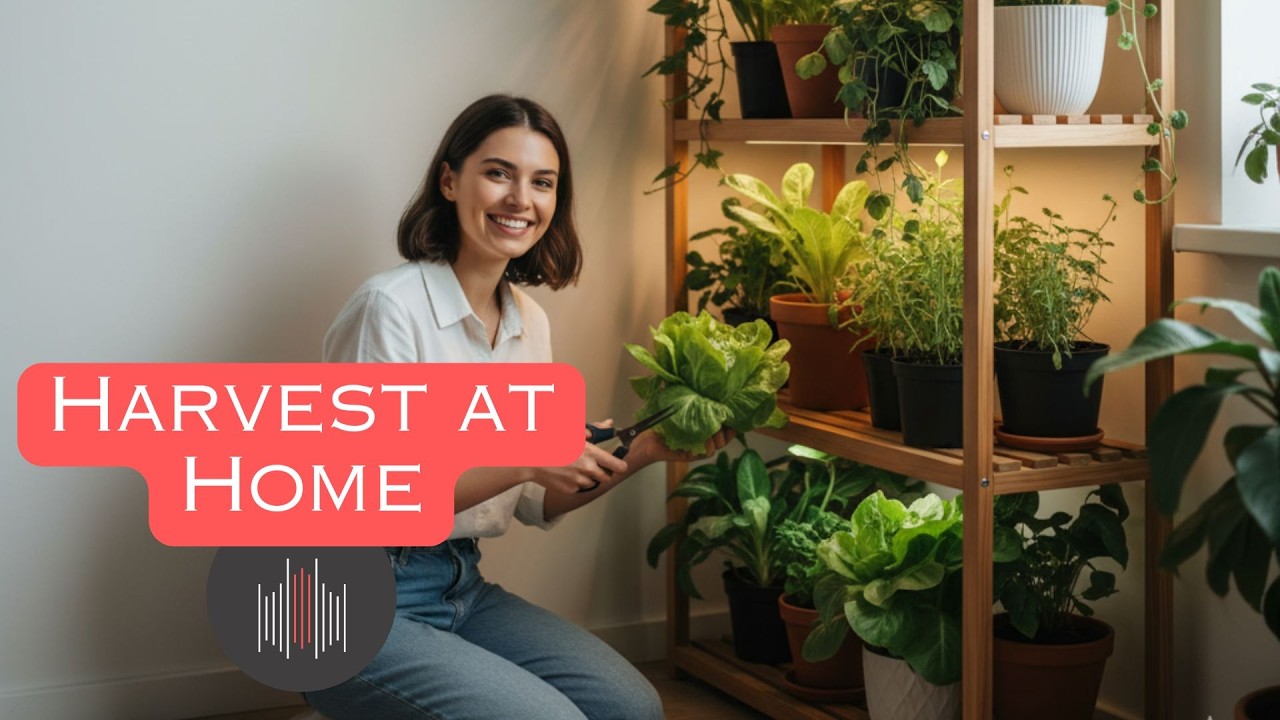Plant Propagation from Cuttings: Simple Indoor Method
“`html
Introduction to Plant Propagation from Cuttings: A Simple Indoor Method
Plant propagation from cuttings is a rewarding and accessible method for expanding your indoor garden. This technique, which involves taking a piece of a plant and encouraging it to grow roots, is perfect for both novice gardeners and experienced horticulturalists alike. Not only does this method save money, but it also allows you to clone your favorite houseplants, ensuring that you can enjoy their beauty and benefits in multiple locations within your home. In this comprehensive guide, we will explore the simple indoor method of plant propagation from cuttings, providing you with step-by-step instructions and valuable tips.

Many people turn to cuttings due to their simplicity and effectiveness. Whether you’re interested in propagating succulents, herbs, or flowering plants, the indoor environment can be ideal for this process. When done correctly, you’ll have new plants flourishing within weeks. Not only does this process enhance your indoor space, but it also can provide a sense of accomplishment, as you nurture your cuttings into thriving plants. Throughout the following sections, we will delve into the materials you’ll need, the types of plants best suited for propagation from cuttings, the step-by-step propagation process, care for your new plants, and troubleshooting common issues. Let’s embark on your journey to plant propagation!
Materials Needed for Propagating Plants from Cuttings
Essential Tools and Supplies
Before you start your propagation journey, it’s essential to gather all the necessary materials. Having the right tools on hand will make the process smoother and increase your chances of success. Here’s a list of the essential supplies you’ll need:

- Sharp Cutting Tool: A clean, sharp knife or scissors is crucial for taking cuttings without damaging the parent plant.
- Containers: Small pots or cups filled with potting mix or water for your cuttings to root in.
- Rooting Hormone: Optional but beneficial for encouraging root growth (available at garden centers).
- Plastic Bags or Cling Film: To create a mini greenhouse effect, maintaining humidity around your cuttings.
- Watering Can or Spray Bottle: For keeping the soil moist.
With these supplies prepared, you’ll be ready to take the next steps toward successful plant propagation.
Choosing the Right Plants for Propagation
Best Plants to Grow from Cuttings
Not all plants propagate equally well from cuttings. Some species are more forgiving and robust in this process. Here’s a selection of popular plants that thrive when propagated from cuttings:
- Ficus (Fiddle Leaf Fig): Known for its striking leaves, the Ficus is a favorite for indoor spaces.
- Succulents: Varieties such as Echeveria and Jade plants easily root from stem or leaf cuttings.
- Herbs: Plants like basil, mint, and rosemary are not only useful in cooking but also propagate well.
- Zamioculcas zamiifolia (ZZ Plant): Very easy to propagate and an excellent choice for beginners.
- Spider Plant: Known for its air-purifying qualities, it produces offshoots that can be rooted readily.
When selecting plants for propagation, consider your indoor environment. Factors like light levels and humidity can significantly impact the success of your cuttings.
Step-by-Step Guide to Taking and Rooting Cuttings
How to Propagate Plants from Cuttings
Follow these step-by-step instructions for successful propagation of your indoor plants:
- Take the Cutting: Select a healthy stem from the parent plant. Ensure it has at least two to three leaves. Cut just below a node (where a leaf meets the stem) at a 45-degree angle.
- Remove Lower Leaves: Trim off the lower leaves to expose a few inches of stem. This prevents leaves from rotting in the water or soil.
- Apply Rooting Hormone (Optional): Dip the cut end in rooting hormone if you have it, which can boost root production.
- Plant the Cutting: Place the cut end into a container filled with soil or a glass of water. If planting in soil, firm the soil around the cutting to secure it.
- Create Humidity: Cover the container with a plastic bag or cling film to maintain humidity. This step is crucial for keeping the cutting from drying out.
- Place in Bright Indirect Light: Set your container in a location with bright, indirect sunlight. Avoid direct sunlight, which could scorch delicate cuttings.
- Watering and Monitoring: Keep the medium moist but not soggy, and check regularly for signs of rooting.
Within a few weeks, you should start to see roots forming, which means your cutting is ready for a new home!
Caring for Your New Plants
Best Practices for Nurturing Rooted Cuttings
Once your cuttings have developed roots, proper care becomes essential for their growth and success. Here are key aspects of caring for your new plants:
- Transplanting: When the roots are about 2-3 inches long, transfer your new plant into a larger pot with well-draining soil.
- Watering: Allow the top inch of soil to dry out between watering to prevent overwatering, which can lead to root rot.
- Fertilizing: Use a diluted, balanced fertilizer every month to promote healthy growth.
- Light Requirements: Monitor your plants’ light needs; while some may do well in low light, others may require more. Adjust their placement as needed.
- Pest Management: Keep an eye out for pests such as spider mites and aphids, and act quickly to control any infestations.
By providing the right care, you can help your new plants thrive and flourish in their new home.
Troubleshooting Common Issues in Plant Propagation
Understanding Challenges and Solutions
Despite taking all the right steps, you may encounter some issues during the propagation process. Here are common problems and how to address them:
- Cuttings Rotting: This is often due to overwatering or lack of ventilation. Ensure you’re using well-draining soil, and cut back on watering.
- Yellowing Leaves: This can be a symptom of overwatering or nutrient deficiency. Opt for a diluted fertilizer and check watering habits.
- No Root Growth: If your cuttings are not rooting, make sure they are receiving enough warmth and humidity. Check that they are not exposed to direct sunlight.
- Pests Infestation: Check regularly for signs of pests and act quickly with insecticidal soap if needed.
By understanding these issues and proactively addressing them, you can improve your chances of successful plant propagation.
Summary and Frequently Asked Questions (FAQs)
Plant propagation from cuttings is a straightforward and enjoyable way to expand your indoor garden. By using the right materials and techniques, such as choosing suitable plants, taking effective cuttings, and providing the right care, you can thrive as a plant propagator. Below are some frequently asked questions that can further illuminate the topic:
What types of plants can be propagated from cuttings?
Some of the best options for propagation include common houseplants like pothos, succulents, and many herbs. Each plant has its unique growth habits, so it’s advisable to do a bit of research on specific species.
How long does it take for cuttings to root?
Typically, plant cuttings will take about 2 to 4 weeks to root, depending on the species and environmental moisture. Regular monitoring will help you track their progress.
Do I need rooting hormone for propagation?
While rooting hormone is not mandatory, it can enhance the rooting process and promote faster growth. It’s particularly useful for woody plants.
Can I propagate plants in water?
Yes, many plants will propagate successfully in water. Ensure the nodes are submerged, and change the water regularly to prevent stagnation.
What should I do if my cutting doesn’t grow?
If your cutting fails to root, review your methods: check moisture levels, lighting conditions, and the health of the parent plant. Sometimes it may take a few tries to get it right.
In summary, plant propagation using cuttings is not only an excellent way to create new plants but is also a delightful hobby. Follow the guidelines provided, experiment with different species, and soon, your indoor space will flourish with new greenery!
“`